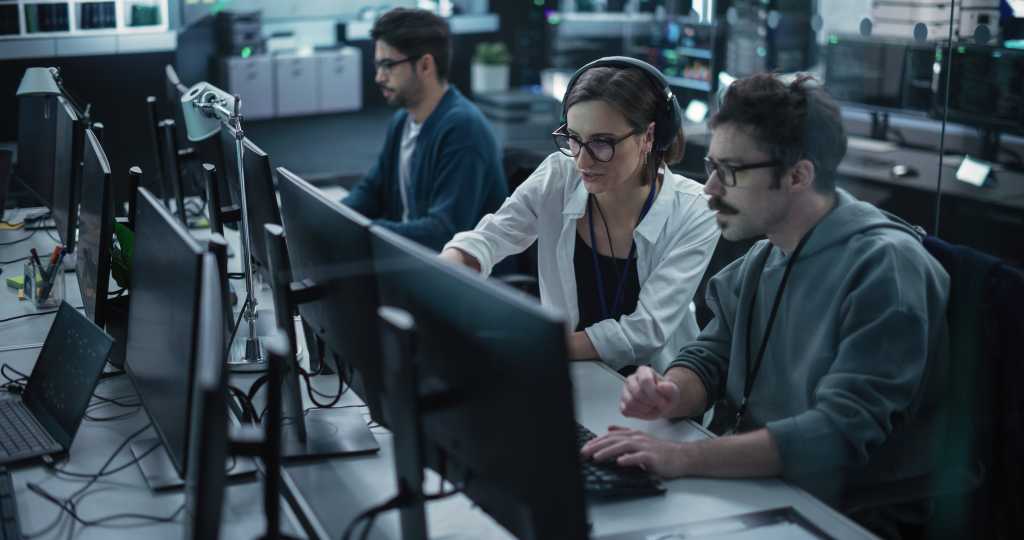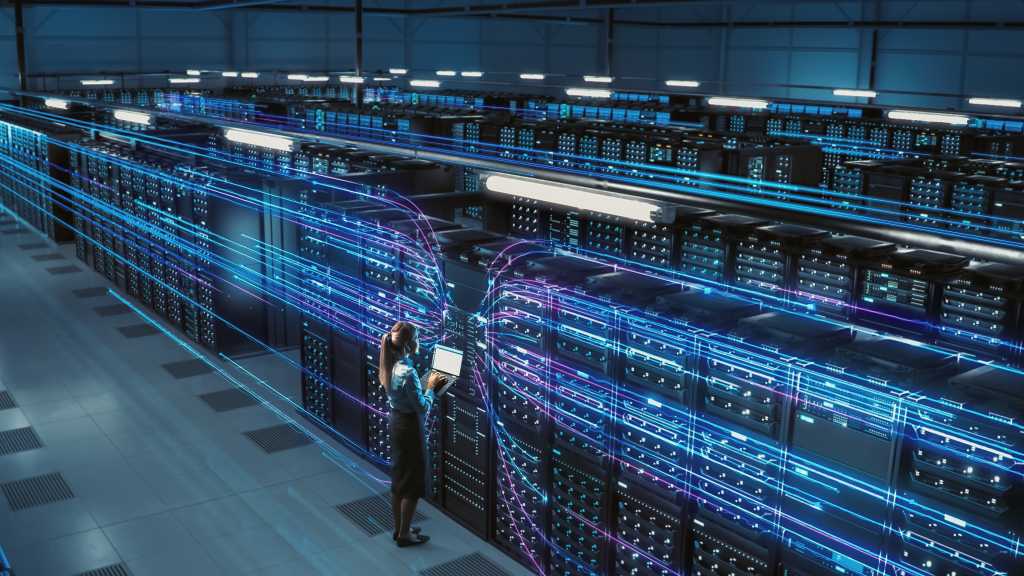Join the event trusted by enterprise leaders for nearly two decades. VB Transform brings together the people building real enterprise AI strategy. Learn more
While many organizations are eager to explore how AI can transform their business, its success will hinge not on tools, but on how well people embrace them. This shift requires a different kind of leadership rooted in empathy, curiosity and intentionality.
Technology leaders must guide their organizations with clarity and care. People use technology to solve human problems, and AI is no different, which means adoption is as emotional as it is technical, and must be inclusive to your organization from the start.
Empathy and trust are not optional. They are essential for scaling change and encouraging innovation.
Why this AI moment feels different
Over the past year alone, we’ve seen AI adoption accelerate at breakneck speed.
First, it was generative AI, then Copilots; now we’re in the era of AI agents. With each new wave of AI innovation, businesses rush to adopt the latest tools, but the most important part of technological change that is often overlooked? People.
In the past, teams had time to adapt to new technologies. Operating systems or enterprise resource planning (ERP) tools evolved over years, giving users more room to learn these platforms and acquire the skills to use them. Unlike previous tech shifts, this one with AI doesn’t come with a long runway. Change arrives overnight, and expectations follow just as fast. Many employees feel like they’re being asked to keep pace with systems they haven’t had time to learn, let alone trust. A recent example would be ChatGPT reaching 100 million monthly active users just two months after launch.
This creates friction — uncertainty, fear and disengagement — especially when teams feel left behind. It’s no surprise that 81% of staff still don’t use AI tools in their daily work.
This underlines the emotional and behavioral complexity of adoption. Some people are naturally curious and quick to experiment with new technology while others are skeptical, risk-averse or anxious about job security.
To unlock the full value of AI, leaders must meet people where they are and understand that adoption will look different across every team and individual.
The 4 E’s of AI adoption
Successful AI adoption requires a carefully thought-out framework, which is where the “four E’s” come in.
- Evangelism – inspiring through trust and vision
Before employees adopt AI, they need to understand why it matters to them.
Evangelism isn’t about hype. It’s about helping people care by showing them how AI can make their work more meaningful, not just more efficient.
Leaders must connect the dots between the organization’s goals and individual motivations. Remember, people prioritize stability and belonging before transformation. The priority is to show how AI supports, not disrupts, their sense of purpose and place.
Use meaningful metrics like DORA or cycle time improvements to demonstrate value without pressure. When done with transparency, this builds trust and fosters a high-performance culture grounded in clarity, not fear.
- Enablement – empowering people with empathy
Successful adoption depends as much on emotional readiness as it does on technical training. Many people process disruption in personal and often unpredictable ways. Empathetic leaders recognize this and build enablement strategies that give teams space to learn, experiment and ask questions without judgment. The AI talent gap is real; organizations must actively support people in bridging it with structured training, learning time or internal communities to share progress.
When tools don’t feel relevant, people disengage. If they can’t connect today’s skills to tomorrow’s systems, they tune out. That’s why enablement must feel tailored, timely and transferable.
- Enforcement – aligning people around shared goals
Enforcement doesn’t mean command and control. It is about creating alignment through clarity, fairness and context.
People need to understand not just what is expected of them in an AI-driven environment, but why. Skipping straight to results without removing blockers only creates friction. As Chesterton’s Fence suggests, if you don’t understand why something exists, you shouldn’t rush to remove it. Instead, set realistic expectations, define measurable goals and make progress visible across the organization. Performance data can motivate, but only when it’s shared transparently, framed with context and used to lift people up, not call them out.
- Experimentation – creating safe spaces for innovation
Innovation thrives when people feel safe to try, fail and learn.
This is especially true with AI, where the pace of change can be overwhelming. When perfection is the bar, creativity suffers. Leaders must model a mindset of progress over perfection.
In my own teams, we’ve seen that progress, not polish, builds momentum. Small experiments lead to big breakthroughs. A culture of experimentation values curiosity as much as execution.
Empathy and experimentation go hand in hand. One empowers the other.
Leading the change, human first
Adopting AI is not just a technical initiative, it’s a cultural reset, one that challenges leaders to show up with more empathy and not just expertise. Success depends on how well leaders can inspire trust and empathy across their organizations. The 4 E’s of adoption offer more than a framework. They reflect a leadership mindset rooted in inclusion, clarity and care.
By embedding empathy into structure and using metrics to illuminate progress rather than pressure outcomes, teams become more adaptable and resilient. When people feel supported and empowered, change becomes not only possible, but scalable. That’s where AI’s true potential begins to take shape.
Rukmini Reddy is SVP of Engineering at PagerDuty.
Daily insights on business use cases with VB Daily
If you want to impress your boss, VB Daily has you covered. We give you the inside scoop on what companies are doing with generative AI, from regulatory shifts to practical deployments, so you can share insights for maximum ROI.
Read our Privacy Policy
Thanks for subscribing. Check out more VB newsletters here.
An error occured.




















